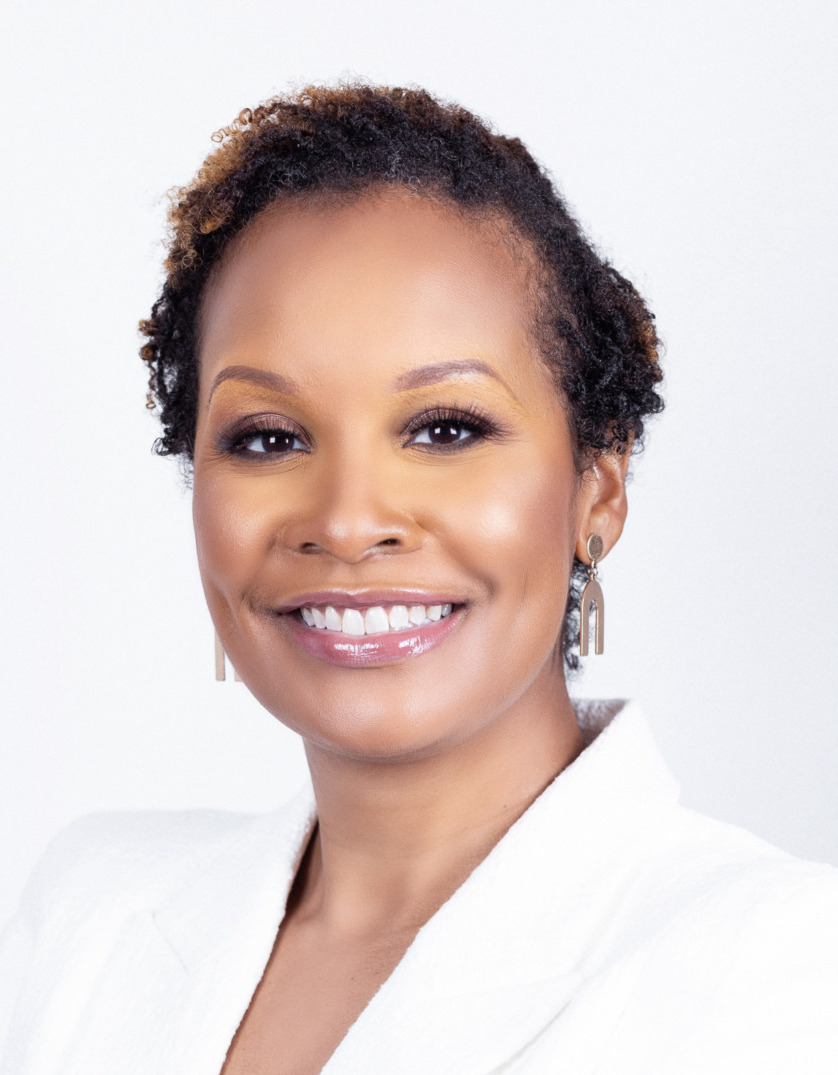Youth service providers play an integral role in supporting the needs of young people involved in the child welfare system and impacted by parental incarceration. Despite the crucial role that adequate adult support plays in youths’ ability to receive holistic care, work has never been harder for youth service providers. And for young people impacted by parental incarceration or the child welfare system, multiple barriers — including crises in the child welfare system and the impact of the pandemic — stand in the way of these providers successfully doing their jobs.
In order for youth service providers — like counselors, social workers, case workers, child welfare legal professionals, correctional providers, etc. — to provide the best support for the youth they serve, they must be given practices, psychoeducation and community systems of support. In this article we take a fresh look at the challenges faced by youth service providers today as they provide these services to young people whose lives are impacted by parental incarceration and the child welfare system.
Challenges

Regina Gavin Williams
Federal Child and Family Services Reviews (CFSRs) have revealed that high workloads and caseloads have a negative impact on the ability for case workers to perform a number of work-related tasks, such as responding to maltreatment reports on time, filing court documents in an efficient manner, attending trainings and achieving permanency goals. Survey respondents also reported a lack of support and access to services to adequately perform their roles. Youth service providers are highly susceptible to burnout, secondary traumatic stress and staff turnover. Another study highlighted job duty challenges, such as a lack of formal screening processes for identifying and tracking youth exposed to parental incarceration and noted challenges in navigating court procedures and processes.
In some states there may be a correlation between higher incarceration rates and higher foster care caseloads, yet there is no formal policy that speaks to youth service providers supporting families who are involved in both the criminal justice system and the child welfare system. Youth service providers might also navigate multiple out-of-home placements of foster youth, which can lead to academic difficulties and issues developing meaningful attachments.
Practices and interventions for youth service providers working in child welfare

Jennifer Barrow
New foster families and schools often experience limited preparation for a child’s school arrival therefore child welfare agencies should engage in proactive planning. For instance, youth service providers can help schools receive all student records, especially for students needing educational accommodations. They can also encourage caregivers to connect to classroom electronic communication systems to establish key links to support. These steps may be part of a treatment plan in which the youth service provider can establish the youth’s community systems of support.
We encourage youth service providers to develop community support systems and build partnerships. For instance, a youth service provider can establish a child and family team in order to collaborate with other supportive adults involved with the youth. School counselors might participate in such a team in order to support the educational needs of the youth and facilitate the exchange of information from school-to-team, while the birth parents and foster caregivers might participate in an effort to help establish the best plan to provide safe care for the child.
Practices and interventions for youth service providers working with youth impacted by parental incarceration
Child welfare agencies and correctional facilities must collaborate on policies and training to support families who are involved with both the child welfare and criminal justice systems. We believe youth service providers should be provided a set of principles that can help to guide their practice in working with children impacted by parental incarceration. An example of this is the Bill of Rights for Children of Incarcerated Parents.
Researchers within the U.S. The Department of Health and Human Services suggests six family-strengthening program recommendations to support families impacted by parental incarceration. These recommendations include: 1) engage caregivers who are not incarcerated; 2) consider the child’s age when designing programs; 3) consider the parental role in the child’s life; 4) engage in cross-system collaboration; 5) address barriers to program engagement for incarcerated parents; and 6) promote families’ financial stability.
Just like child welfare professionals, professionals working with youth impacted by parental incarceration should be situated within a community system of support. We encourage interagency collaboration to be utilized by youth service providers to better tailor services for children impacted by parental incarceration. These collaborative efforts may in turn increase the likelihood of family reunification. Noted examples of interagency collaborations include connecting with corrections facility staff, re-entry affairs coordinators, parole officers, probation officers and attorneys. Youth service providers may also collaborate with school staff, which can help provide better support in the child’s school environment. Youth service providers could also connect with caregivers by providing a toolkit to help them explain incarceration to the child and explore the child’s emotions.
Wellness
Since youth service providers experience increased stress and burnout from engaging with their challenging work, we also want to provide some actionable strategies to help them tend to their mental health and overall wellness. First, connecting with a mental health counselor who can formally assess their self-efficacy needs and worker well-being is key. It is also important for youth service providers to engage in wellness and self-care strategies to improve their professional quality of life. This might be accomplished through the creation of a personal wellness plan. Youth service providers must also seek professional development opportunities that will allow them to connect with more colleagues who experience similar work situations. As youth service providers take care of others, centering their own wellness will be a critical component in their job retention.
***
Regina Gavin Williams, Ph.D., NCC, LCMHC is an Assistant Professor of Counselor Education at North Carolina Central University and a licensed clinical mental health counselor. Her research focuses on the college and career readiness, adult self-sufficiency and mental health/wellness of adolescents aging out of the foster care system, with a secondary research focus related to the intersection of career development and diversity.
Jennifer Barrow, Ph.D., NCC, LCMHCS is a Licensed Clinical Mental Health Counselor Supervisor, a National Certified Counselor and veteran professional school counselor. Dr. Barrow serves as Associate Professor in the Department of Counseling and Higher Education at North Carolina Central University, where she directs the School Counseling and Testing Programs.





























